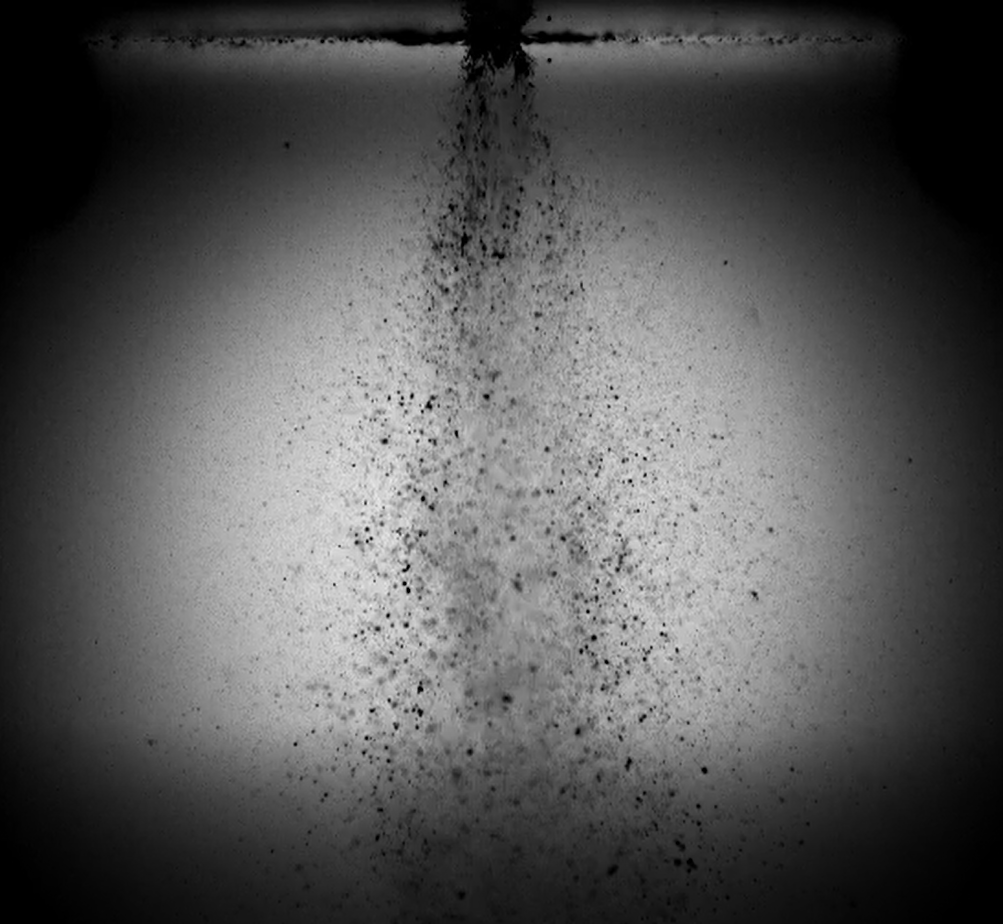
The atomization of a liquid jet by a high-speed gas is a process of considerable practical interest in many industrial settings such as internal combustion engines, spray drying, firefighting, thermal spraying and painting. Although atomization processes are utilized frequently in industrial applications, the underlying physical mechanisms that determine atomization characteristics are not fully understood yet. The research aims to understand the operative mechanism by employing a novel counterflow nozzle geometry which generates high levels of mixing while requiring significantly lower levels of atomizing airflow than the conventional co-flowing geometries of nozzle, hence having a great commercial value as well as the research caters to the very fundamental need of the industry of reduced consumption of compressed air.
Linear stability theory is used as a base for carrying out the computations that will identify the dominant wavelength and its scaling with relevant parameters such as the velocity profiles, liquid power law exponent, Ohnesorge number, density and viscosity ratio, and geometry.
The experimental part of the research focuses on flow visualization using high-speed shadowgraphy, measurement of droplet diameter distribution, Sauter Mean Diameter (SMD) and spray angle for aqueous solutions of sodium carboxy-methyl-cellulose.